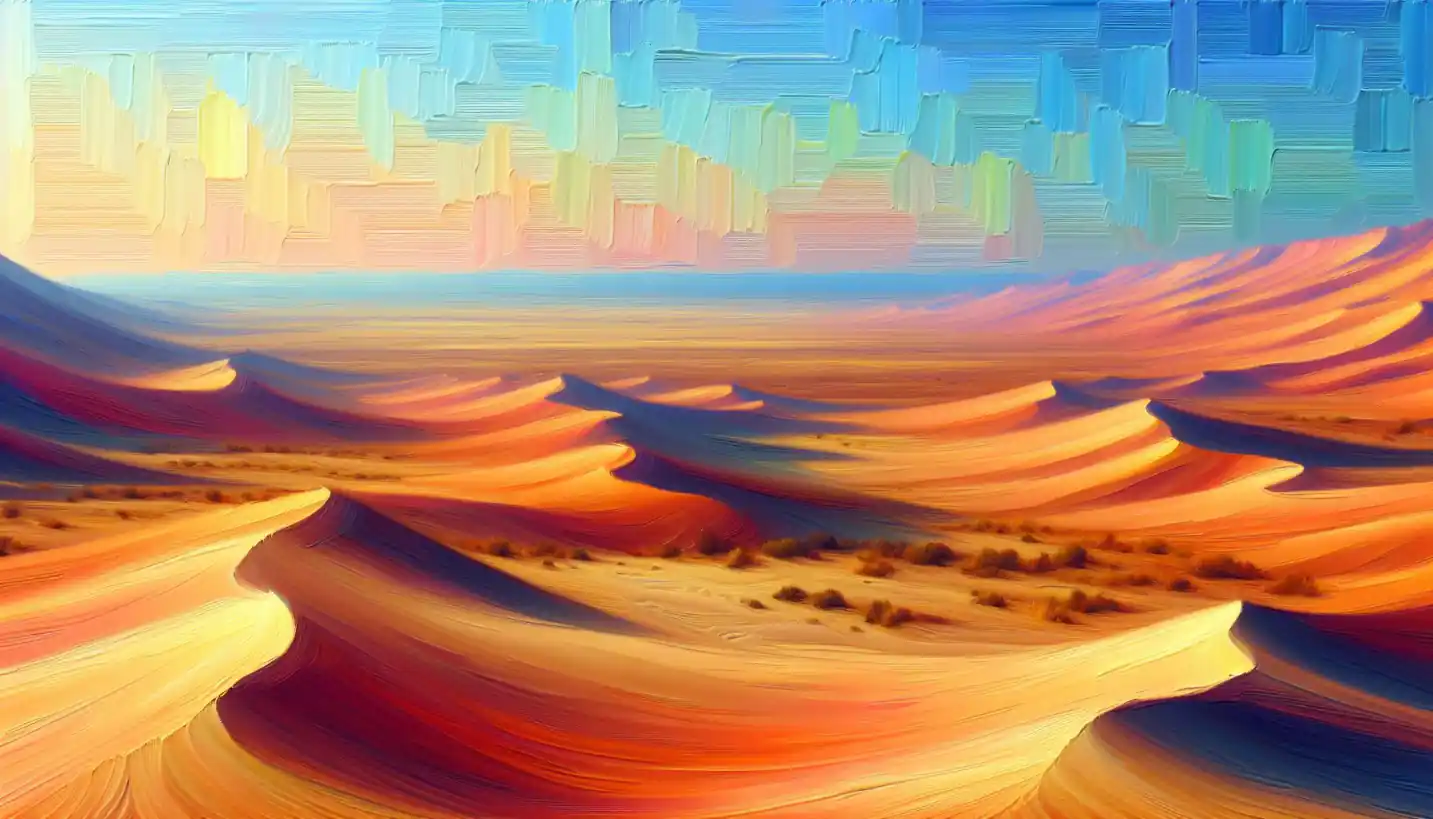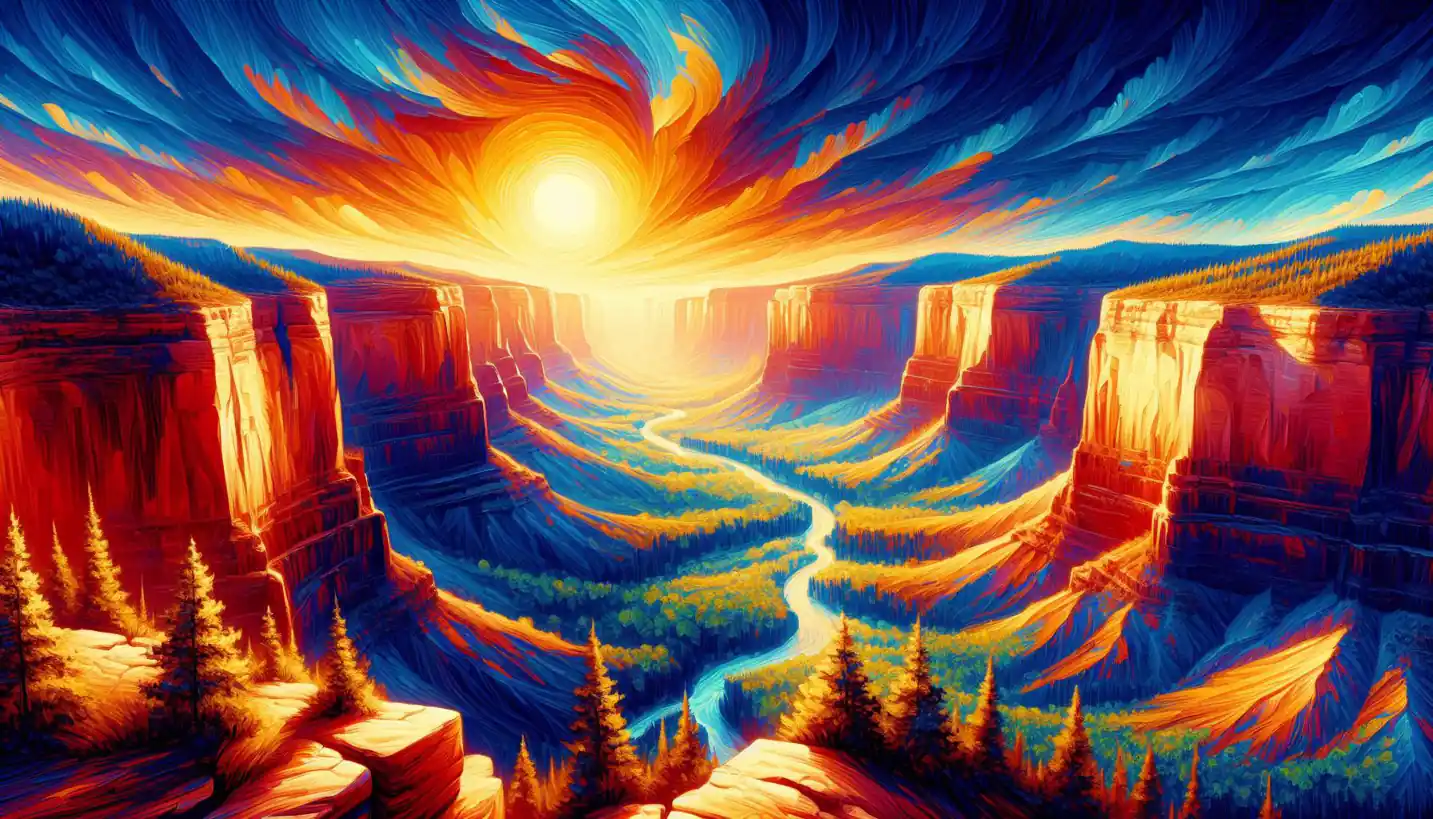· Earth Science · 4 min read
Yardang: Nature's Sculpted Masterpieces in the Desert
Yardangs, wind-sculpted rock formations, stand as magnificent desert sculptures. Travel into the world of geomorphology to understand how these structures are crafted.

Nature has a fascinating way of shaping landscapes, and one of the most intriguing formations you might come across in deserts is the yardang. Picture an expansive, arid landscape, where the fierce winds have carved the land into dramatic, blade-like ridges. These sculptures are known as yardangs, and they’re like nature’s own art installations, carved over time by the relentless forces of wind and water.
What Are Yardangs?
A yardang is a ridge formed in soft sedimentary rock or unconsolidated material that gets sculpted by wind erosion. These ridges often align with the prevailing wind direction and can stretch for kilometers. They can be as small as a few meters or as large as several kilometers in length, with varying heights from a few feet to over 100 feet tall. Imagine them as nature’s own wind-sculpted monuments, each telling a story of the environmental conditions that formed them.
How Yardangs Are Formed
To understand how yardangs take shape, we need to delve into the role of erosion, particularly wind erosion. In arid regions, where vegetation is sparse and the land is exposed, wind becomes a powerful force. As the wind blows over the surface, it picks up small particles like sand and dust, which act like sandpaper against the rock. Over time, this abrasive action cuts away at the softer material, gradually eroding it.
Yardangs form in layers of rock with varying resistance to erosion. Softer materials erode more quickly, leaving behind more resistant ridges. Over thousands or even millions of years, this process sculpts the land into the elongated ridges we recognize as yardangs. The process continues, continually reshaping these formations, revealing the dynamic nature of our planet’s surface.
Famous Yardang Locations
These unique formations are found in deserts around the world. One of the most renowned locations is the Lut Desert in Iran, home to some of the world’s largest and most impressive yardangs. NASA even captured stunning satellite images of these formations, showcasing their grandeur from space. Another striking example is found in China’s Gobi Desert, where the famous Mingsha Yardangs serve as a breathtaking reminder of the power of natural forces.
But yardangs aren’t confined to Earth. Interestingly, similar formations have been spotted on Mars, illustrating how wind erosion is a universal force shaping planetary surfaces beyond our own world.
The Importance of Studying Yardangs
So why should we care about these wind-sculpted shapes? Well, studying yardangs provides insight into the climatic history of an area. By analyzing their size, orientation, and distribution, scientists can draw conclusions about past wind patterns and environmental changes. This helps us understand not only the current state of desert environments but also how they might evolve in the future.
Additionally, because similar processes occur on other planets, studying yardangs on Earth can inform our understanding of geological features elsewhere in the solar system. It’s like having a terrestrial window into Martian geology, helping scientists predict what they might find on other worlds.
Yardangs: More Than Just a Pretty Face
While their dramatic appearance is undoubtedly striking, yardangs have a lot to teach us about erosional processes and environmental changes. Their presence in desert landscapes is a testament to the power of wind as a sculptor over geological timescales.
In everyday life, yardangs might remind us of the natural cycles and the immense time scales involved in shaping our planet. They show us that even in seemingly desolate areas, there is beauty and complexity in the land’s history. As you marvel at their grandeur, remember that these formations are the result of millions of years of natural forces at work, evidence of the ever-changing surface of our Earth and beyond.
Next time you see a photograph of a yardang or find yourself in a desert landscape, take a moment to appreciate the forces that created these natural wonders. They’re not just geological formations; they’re storytellers, each with tales of ancient climates and the powerful forces that have shaped our world and others across the galaxy. Whether you’re standing in their shadow or gazing at them from afar, yardangs are a reminder of the planet’s dynamic history and the ongoing story of change all around us.


